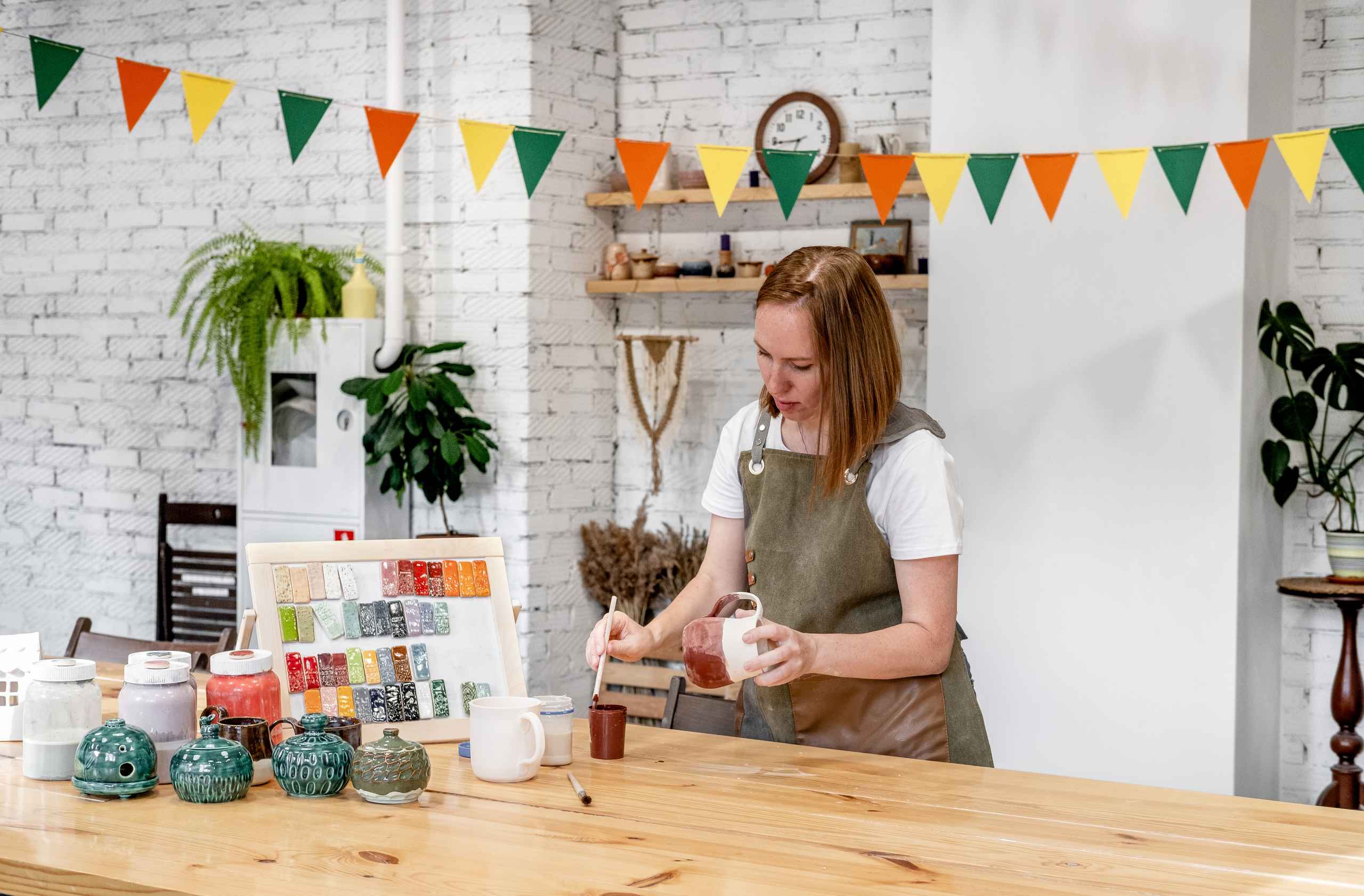Call us now:

In a world dominated by fast fashion and synthetic dyes, natural fabric dyeing stands as a quiet yet powerful act of reconnecting with tradition, nature, and mindful creativity. This ancient craft, practiced for thousands of years across cultures, offers not only stunning colors but also a deeper story of sustainability and artistry.
What is Natural Dyeing?
Natural dyeing is the process of coloring textiles using pigments extracted from plants, minerals, and other natural sources. Unlike synthetic dyes made from petroleum-based chemicals, natural dyes come from elements that have been used by humans since antiquity:
- Leaves, flowers, bark, roots, and fruits
- Minerals and clays
- Insects, such as cochineal (used for rich reds)
Each natural dye carries its own unique properties and challenges, which adds to the allure and individuality of every dyed piece.
Why Choose Natural Dyeing Today?
In modern times, the appeal of natural dyeing has surged, driven by a growing awareness of environmental impact and a desire for authentic, handmade goods. Here are some reasons why natural dyeing is making a comeback:
- Eco-friendliness: Natural dyes are biodegradable and generally non-toxic, causing less harm to waterways and ecosystems.
- Health: Without harsh chemicals, natural dyeing is safer for artisans and consumers alike.
- Uniqueness: No two pieces dyed naturally are exactly alike — subtle variations in color and texture give each fabric a one-of-a-kind character.
- Connection: The process fosters a deeper relationship with the materials and the environment, encouraging slower, mindful creativity.
The Art and Science of Natural Dyeing
Natural dyeing is both an art and a science. It requires patience, experimentation, and a willingness to learn from nature’s rhythms. Some key elements include:
- Mordants: These are substances used to fix the dye to the fabric and enhance colorfastness. Common mordants include alum, iron, and tannins, each affecting the final hue differently.
- Extraction: The color pigments must be carefully extracted from natural materials, usually by boiling or soaking.
- Dye Bath: Fabric is immersed in the dye bath for varying lengths of time, influencing the depth and shade of the color.
- Techniques: Beyond immersion, resist methods such as tie-dye, shibori, and eco-printing introduce patterns and texture.
Embracing Imperfection and Creativity
One of the most rewarding aspects of natural dyeing is its unpredictability. Colors shift depending on factors like water quality, fabric type, and mordant used. This unpredictability invites a sense of play and acceptance of imperfection, qualities often missing in today’s mass-produced goods.
Natural dyeing encourages you to slow down, observe, and engage with the process intimately. It becomes a personal journey — each project reflecting your hands, environment, and spirit.
Getting Started with Natural Dyeing
For those intrigued by this ancient craft, here are some simple steps to begin:
- Choose your fabric: Natural fibers like cotton, silk, wool, and linen work best with natural dyes.
- Gather dye materials: Start with easily accessible plants like onion skins, turmeric, or black tea.
- Prepare mordants: Research and select a mordant suitable for your fabric and dye.
- Experiment: Create small test pieces to observe how colors develop.
- Enjoy the process: Embrace each step as a mindful practice rather than rushing to a perfect outcome.
Natural fabric dyeing is more than just coloring cloth — it’s a return to a slower, more connected way of making. At Natural Dye Studio, we’re passionate about guiding you through this beautiful journey, helping you discover colors and creativity that only nature can provide.
